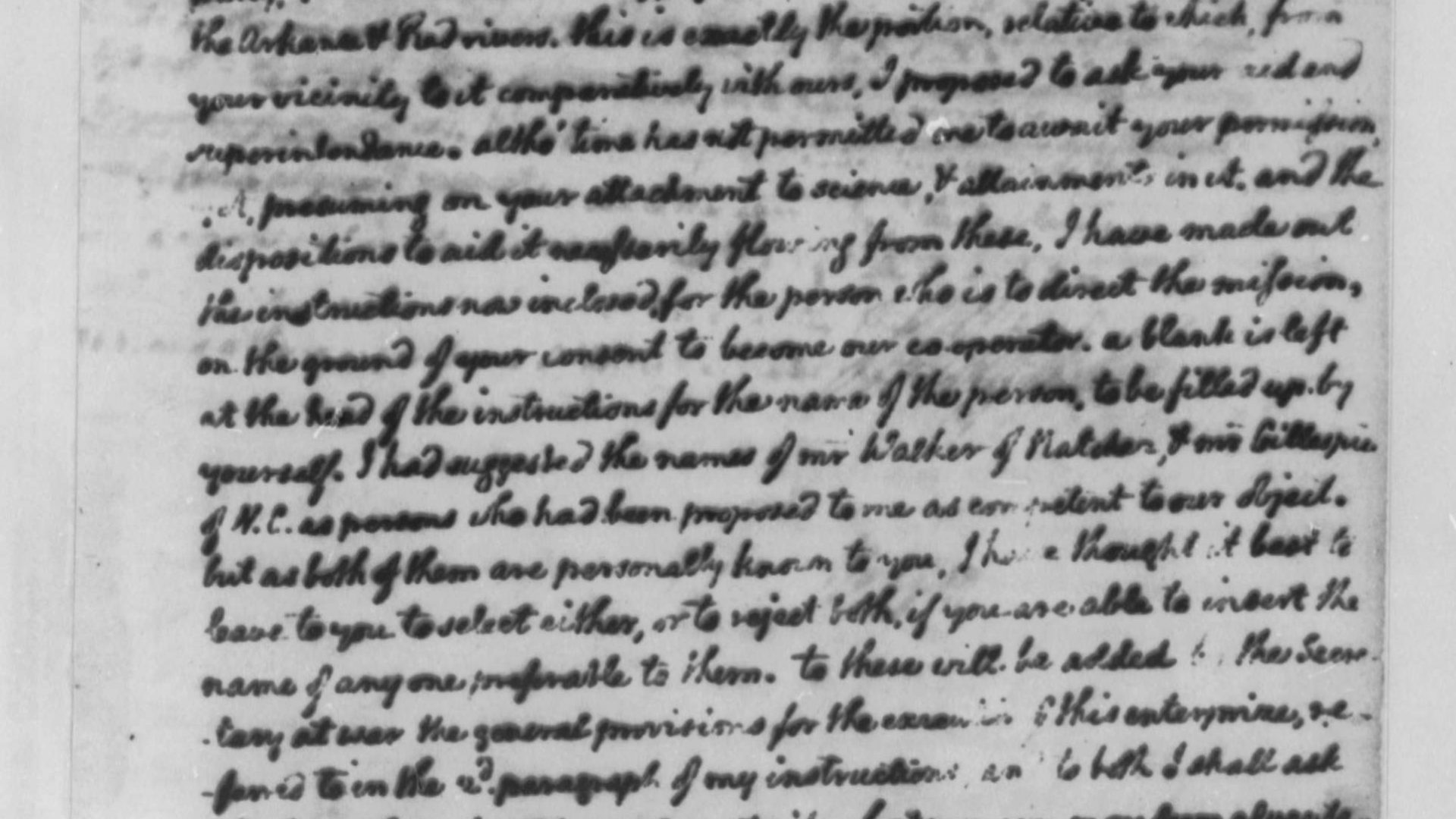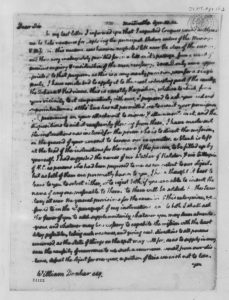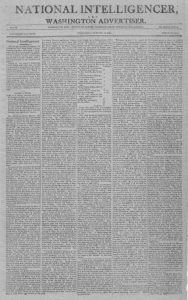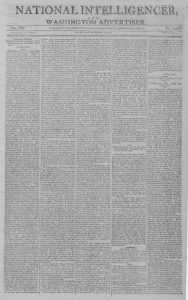How does the Dunbar-Hunter Expedition compare with expedition of the Corps of Discovery? Which was more significant?
Subject(s): Arkansas History and US History
Time Period(s): (1801-1861) Expansion and Reform
Grade level(s): 6-8
Click here to download the powerpoint
Following the Louisiana Purchase in 1803, Congress authorized exploration of the territory. The Corps of Discovery, the most famous of the expeditions to traverse the western lands, was headed by Lewis and Clark, and many primary sources from this expedition are available at the Library of Congress. A lesser-known expedition led by William Dunbar was tasked with exploring the Arkansas River. It expanded geographic knowledge of the region between the Mississippi River and Spanish settlements in Texas and New Mexico. This primary source set can be used after studying the Corps of Discovery.
Supporting question(s):
What physical and cultural geography did Hunter and Dunbar observe on their expedition?
What were the purposes and results of policies related to the growth of the United States?
How and why did the United States expand between 1800-1818?
Source Set
- Thomas Jefferson to William Dunbar, April 15, 1804
- Observations Extracted from the Journals of William Dunbar, esq. and Doctor Hunter
- Observations extracted from Journals of Dunbar and Hunter
- A Chart of the Internal Part of Louisiana
- William Dunbar, 1749-1810, half length portrait, standing
Description
Letter from Thomas Jefferson to William Dunbar asking him to supervise the exploration of the Arkansas and Red Rivers, April 15, 1804.
Description
Excerpts describing the lower Louisiana Purchase territory, printed in the newspaper, October 1806
Additional resource(s):
“Hunter-Dunbar Expedition,” Encyclopedia of Arkansas
Arkansas Frameworks(s):
4.1.8.1 Analyze multiple factors that affected territorial expansion
4.1.8.4 Analyze purposes, implementation and effects of public policies
4.1.8.6 Evaluate historical significance of individuals, groups and events





